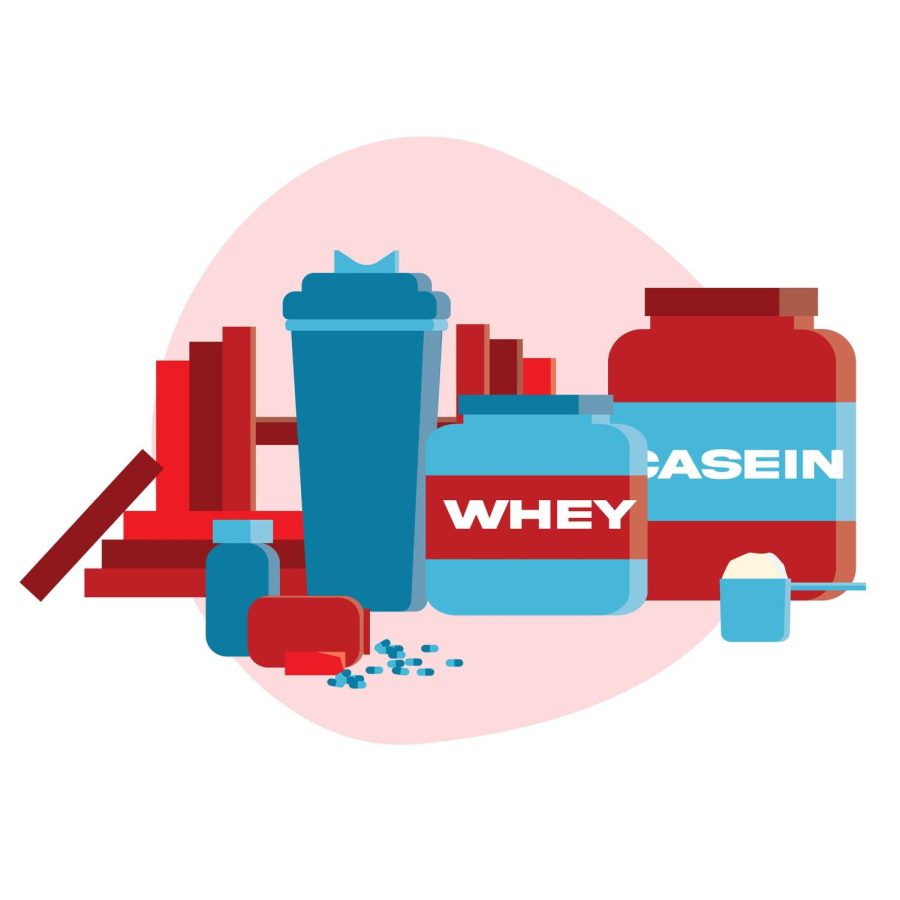Creatine Review
Creatine supplements to increase the benefits for you in the gym
Creatine is the number-one natural supplement for improving athletic performances
Some people believe that Creatine has many side effects, but these claims are not supported by any evidence. In any case, creatine is one of the world’s most tested supplements, and it’s proven to be a safe and effective supplement.
What is Creatine?
Creatine is a substance that is naturally found in cells inside your muscle cells. It helps your muscles produce energy during heavy lifting or high-intensity exercise.
In contrast to PEDS (Performance Enhancement Drugs), Creatine isn’t a substance that will alter your hormones; It’s a natural substance found within red meats but isn’t in high enough amounts in red meats to make a difference.
Taking Creatine as a supplement is very popular among athletes and bodybuilders to gain muscle, enhance strength and improve athletic performance
There are different types of Creatine, but the one considered safe is taking creatine monohydrate, as it’s been the most heavily tested supplement and the other types not as much.
How does it work?
It enables more volume or total work done in a single training session, which is a key factor in long-term muscle growth. In addition it helps with muscle recovery allowing your muscles to grow back faster and reducing muscle breakdown.
In one study, adding Creatine to a training program increased strength by 8%, weightlifting performance by 14%, and bench press one-rep max by up to 43%, compared to training alone.
In another study, well-trained strength athletes, 28 days of supplementing increased bike-sprinting performance by 15% and bench-press performance by 6%
Dosage Instructions
Since Creatine pulls water into your muscle cells, it is advisable to take it with a glass of water and stay well hydrated throughout the day.
Therefore, proper hydration is essential. As previously mentioned, 6-8 cups of water are the average drinking amount when out of training. However, when supplementing with Creatine, you should drink an additional 8-10 cups of water daily, or slightly more, depending on your exercise regimen.
Many people who supplement start with a loading phase, which leads to a rapid increase in muscle stores of creatine.
To load with Creatine, take 20 grams per day for 5–7 day. It should be split into four 5-gram servings throughout the day.
Absorption of water in the muscles may be slightly improved with a carb- or protein based-meal due to the related release of insulin.
Following the loading period, take 3–5 grams per day to maintain high levels within your muscles. As there is no benefit to cycling creatine, you can stick with this dosage for a long time.
If you choose not to do the loading phase, you can simply consume 3–5 grams per day. However, it may take 3–4 weeks to maximize your stores.
In my experience, taking 5 grams of Creatine everyday has slightly improved my energy levels within the day, but where it really shines is at the weight room, giving me enough energy to get that last repetition of my heavy barbell back squat set and maximizing my muscle and strength gains.
Along with Creatine’s diverse benefits, it’s one of the cheapest and safest supplements available. You can find a wide selection online.
It has been tested for more than 200 years, and numerous studies support its safety for long-term use. Clinical trials lasting up to 5 years report no adverse effects in healthy individuals.
What’s more, supplementing is very easy — simply take 3–5 grams of creatine monohydrate powder per day.
In Conclusion, Creatine is an effective supplement with powerful benefits for athletic performance.





